I don’t know about you, but I’m kinda grossed out by the fact that most people have no idea how dirty their kitchens really are.
Think about it – you’re chopping raw chicken on your cutting board, then without proper cleaning, you’re slicing up veggies for your salad. Congrats, you’ve just invited Salmonella to dinner!
Let’s talk about when and how you should be cleaning those food contact surfaces – and trust me, it’s probably more often than you think.

When to Clean and Sanitize Food Contact Surfaces
The simple answer? A lot more often than you probably do now. But I’ll break it down for specific situations so you can level-up your kitchen hygiene game.
Clean These Surfaces ASAP
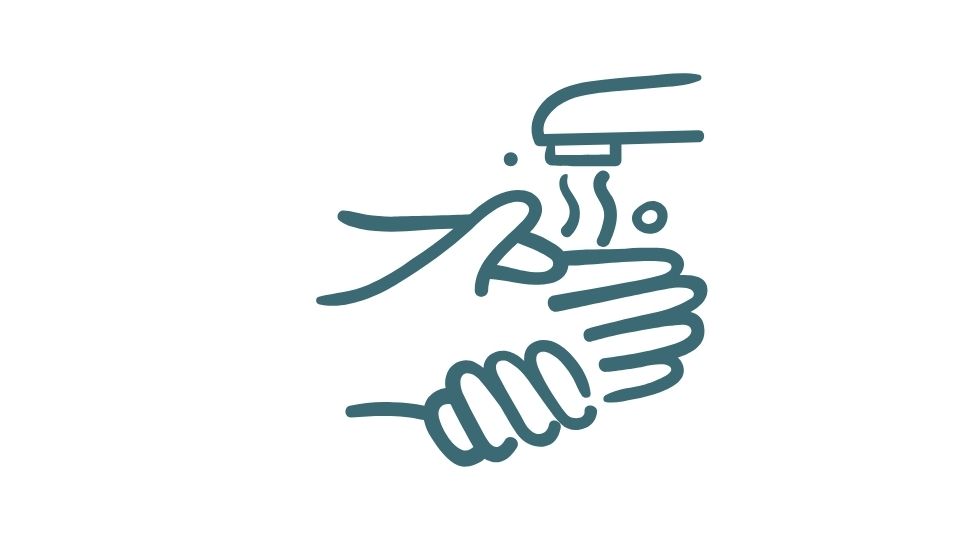
Before you start cooking anything: Your counters might look clean, but invisible microbes are partying on there. Wipe them down before you start food prep.
After handling raw meat/fish: This is non-negotiable, folks. Raw chicken juice on your cutting board is basically a bacterial playground.
Between different food types: Switched from chopping onions to slicing strawberries? Clean that surface first unless you want onion-flavored fruit (and potential cross-contamination).
Every 4 hours during continuous use: Bacteria multiply FAST at room temperature. During marathon cooking sessions, take sanitizing breaks.
After any spills or suspected contamination: Did your sleeve brush against the counter? Did something splatter? Clean it up immediately.
Before storing equipment: Don’t put away dirty utensils or appliances. That’s just asking for trouble next time you use them.
I know what you’re thinking: “That sounds excessive, Josh.” But foodborne illness affects millions of Americans every year, and proper cleaning is one of the easiest ways to prevent it.
The Right Way to Clean (Because You’re Probably Doing It Wrong)
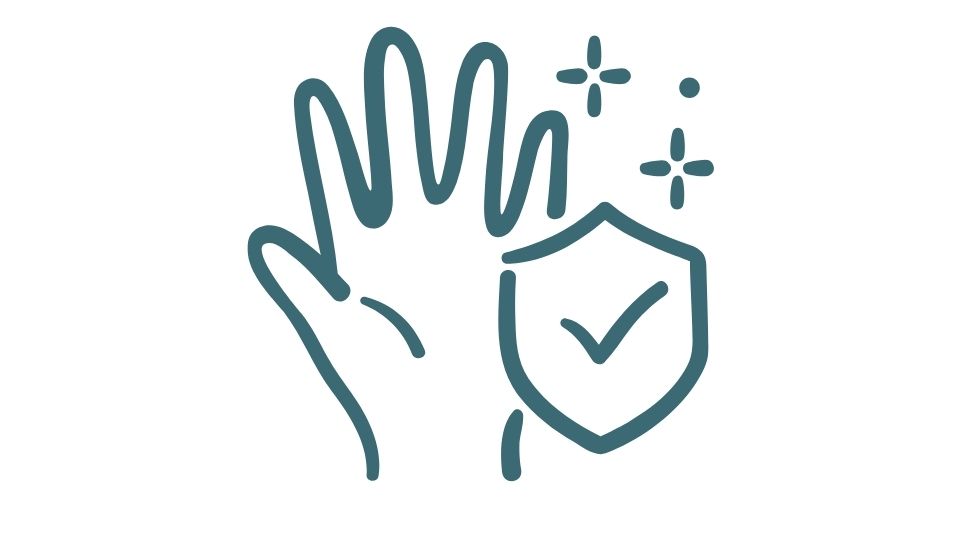
There’s a difference between cleaning and sanitizing – and you need to do both to actually make your surfaces safe.
Step 1: Clean First
Start by physically removing all the visible gunk. Use soap or detergent and water to wash away food particles, grease, and other debris.
Why? Because sanitizers don’t work well on dirty surfaces. It’s like trying to disinfect your bathroom without cleaning it first. Not effective.
Step 2: Sanitize Next
After cleaning, apply a food-safe sanitizer to kill remaining microorganisms. Options include:
- Diluted bleach solution (1 tablespoon bleach per gallon of water)
- Commercial sanitizing products specifically labeled for kitchen use
- Quaternary ammonium compounds (fancy term for many commercial sanitizers)
Important: Follow the product instructions for contact time! Most sanitizers need to sit on the surface for a specific period (usually 1-5 minutes) to actually kill bacteria.
Step 3: Let It Air Dry
Don’t wipe the surface dry with a towel – you’ll just reintroduce bacteria. Let it air dry completely.
This might seem like a small detail, but proper drying is crucial for food safety. Air drying prevents recontamination and allows sanitizers to work completely.
What About Your Home Kitchen?
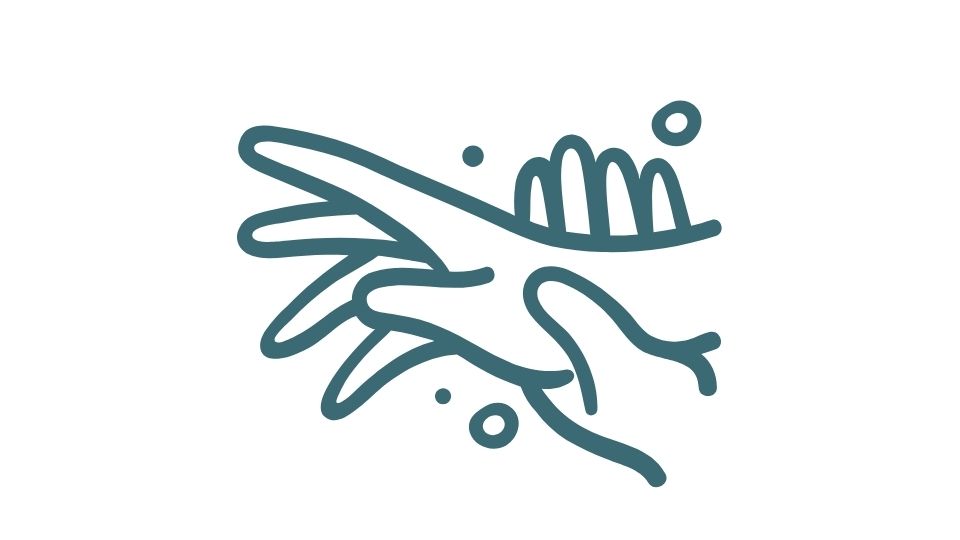
“But Josh, I’m not running a restaurant! Do I really need to be this careful at home?”
YES. Your home kitchen can be just as dangerous.
In fact, your home kitchen might be even riskier because:
- You’re probably not trained in food safety like restaurant staff
- Home kitchens often have more distractions (kids, pets, phones)
- We tend to be more relaxed about cleanliness at home
I’ll be honest – before researching this topic, I wasn’t cleaning my cutting boards properly between different foods. Now I know better, and so do you!
Other Smart Food Safety Practices
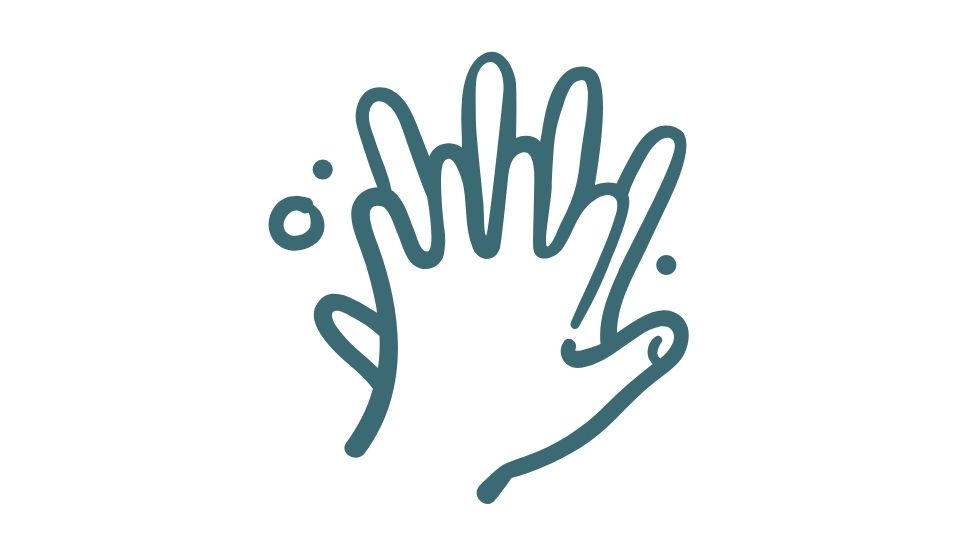
While we’re on the topic, here are some bonus tips:
- Use separate cutting boards for meat and produce
- Replace sponges regularly or sanitize them in the microwave (wet them first, then microwave for 1 minute)
- Wash your hands before cooking, after handling raw meat, and basically all the time
- Clean your refrigerator regularly – yes, germs grow in there too
Look, I’m not trying to turn you into a germaphobe. But proper cleaning and sanitizing takes very little extra time and can prevent you from spending days hugging your toilet bowl. Seems worth it to me!
The next time you’re meal prepping for the week or just making a quick sandwich, remember: clean surfaces lead to clean eating. And I don’t mean that in the Instagram clean eating way – I mean literally not eating dangerous bacteria with your food.
Your future, non-food-poisoned self will thank you.



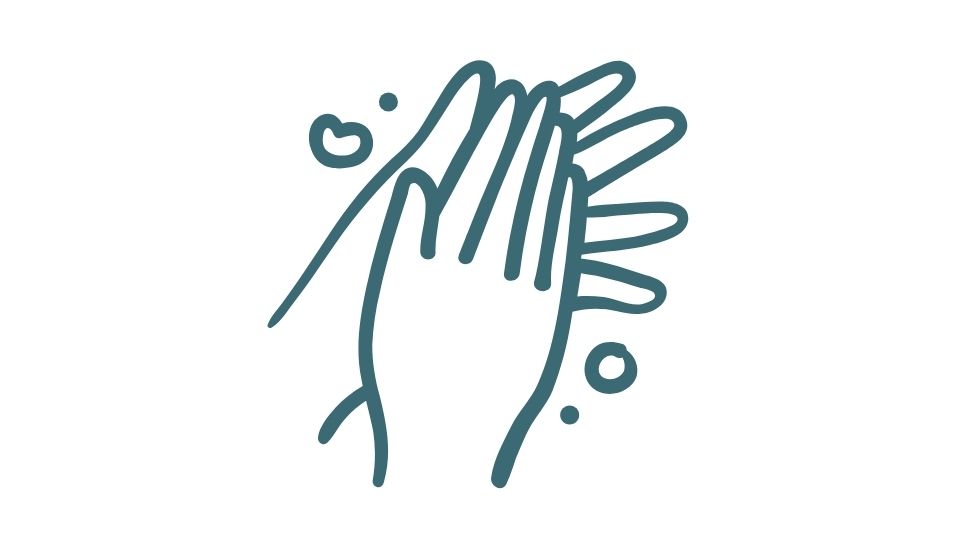
Leave a Reply